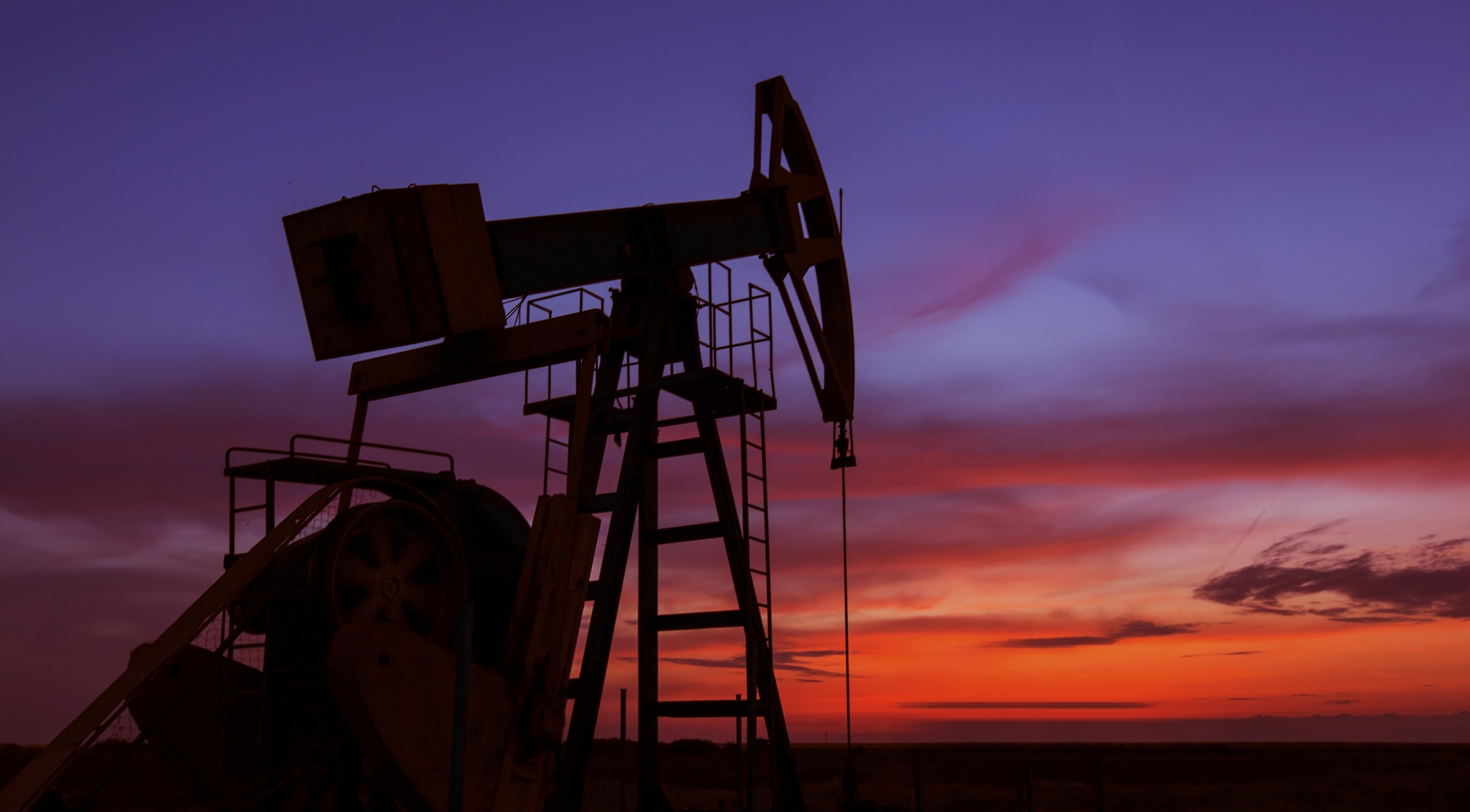In politics, an academic who agrees with you is an “expert” while a professor who argues with you is a “maverick”. Facts make politicians sound wise – any speech which can drift into a middle section referencing a scientific paper, then some snappy statistics, is the mark of a serious contender.
In 2013 the Scottish Government asked some independent scientists from different disciplines to look at fracking – the process by which pressured water and chemicals are pumped into the ground and oil and gas are released.
Governments ask for reports so the public debate can be better informed, and also so as to delay a decision on something that is controversial.
Fracking is hot because since its boom in the USA from 2003 onwards, opponents have called this method of mining for oil and gas dangerous.
The charges are that it puts flammable methane into the water supply, carcinogenic chemicals into the ground water, triggers earth tremors and adds to climate-changing carbon emissions.
In political terms, more important than any of the charges is the popularity of the anti-fracking movement. Being anti-fracking has become a big thing – campaigning websites like 38degrees.com appear consumed by the matter.
Outright ban
This has led to all political parties bar the Conservatives from declaring an outright ban on fracking, and the SNP to adopt one of its tricksy positions where it is both for and against.
Currently the Scottish Government has a moratorium on fracking.
During the election Nicola Sturgeon said she was “sceptical” about fracking.
If ever a word was ill-chosen, it was the returning First Minister’s – scepticism means the evidence isn’t there.
Professor Paul Younger of Glasgow University served on the panel appointed by the government in 2013, which published its report in 2014.
The report methodically goes through the list of charges against fracking and concludes that within the existing regulatory environment, plus the ability to set new guidelines, there is no reason fracking cannot be done safely.
It points to significant improvement in technology as reasons not to be fearful.
Prof Younger is at a loss to explain why politicans are against an industry which could fill the economic gap made by the decline in North Sea oil while also employing tens of thousands of people.
He lambasts Sturgeon for sticking two fingers up at “evidence-based policy” and in almost perfect boffin-speak he declares himself “flabbergasted”.
He shouldn’t be. “Evidence-based policy” is one of the great illusions of western democracy.
Facts
It’s not that people, politicians and the rest of us, don’t want our laws to be driven by facts, just that facts in government are like seeds – most of them die before they get to be useful.
For a fact to “survive” in politics, it must land on fertile soil – more simply, it has to support something that is already popular.
Fracking entered the political arena not as an economic lifeline – it has revived the American economy and made North America energy self-sufficient – but as an “issue”.
Environmentalists popularised US fracking in Europe as a bad thing. There were YouTube videos of tap water catching fire and talk of poisons seeping into the land.
It embodied American ruthlessness – a crude exploitation of the land – and not opportunity.
When the panel and Professor Paul Younger’s facts were scattered on the government, they fell on largely unresponsive ground.
This is a pity. The panel’s report clearly tackles each point of concern, and answers them credibly.
Being “sceptical” isn’t an option – the honest position is either for or against.
The argument against is that this is another carbon fuel at a time when climate change is the biggest political issue for the planet.
Twelve of the last 16 years have been the hottest on record, according to the UN, a shift largely driven by carbon emissions.
If investors are given a choice between the relatively straightforward fracking or putting money in the higher risk renewable energy options, they will go for the former.
That flow of money will also translate into a flow of human energy and government focus – renewables will suffer.
Fracking is just delaying the day when we transfer to wind, solar and waves.
The argument for fracking is that on the local scale of Scotland, fracking is environmentally safe and merely replaces North Sea oil, which emits lots of carbon.
Further, for an economy which is in a pretty dire straits, it will employ lots of people and create wealth for the state.
What bothers the politicians is not the evidence, but the fear they end up like the bings of pink shale rock which dot the central belt – monuments to an old energy technology, made redundant when the world changed.
If Nicola Sturgeon is sceptical about the evidence, then we should all be flabbergasted.
In truth, she is sceptical about the government’s popularity if it permits fracking.
The evidence of the polls will always beat the facts.










